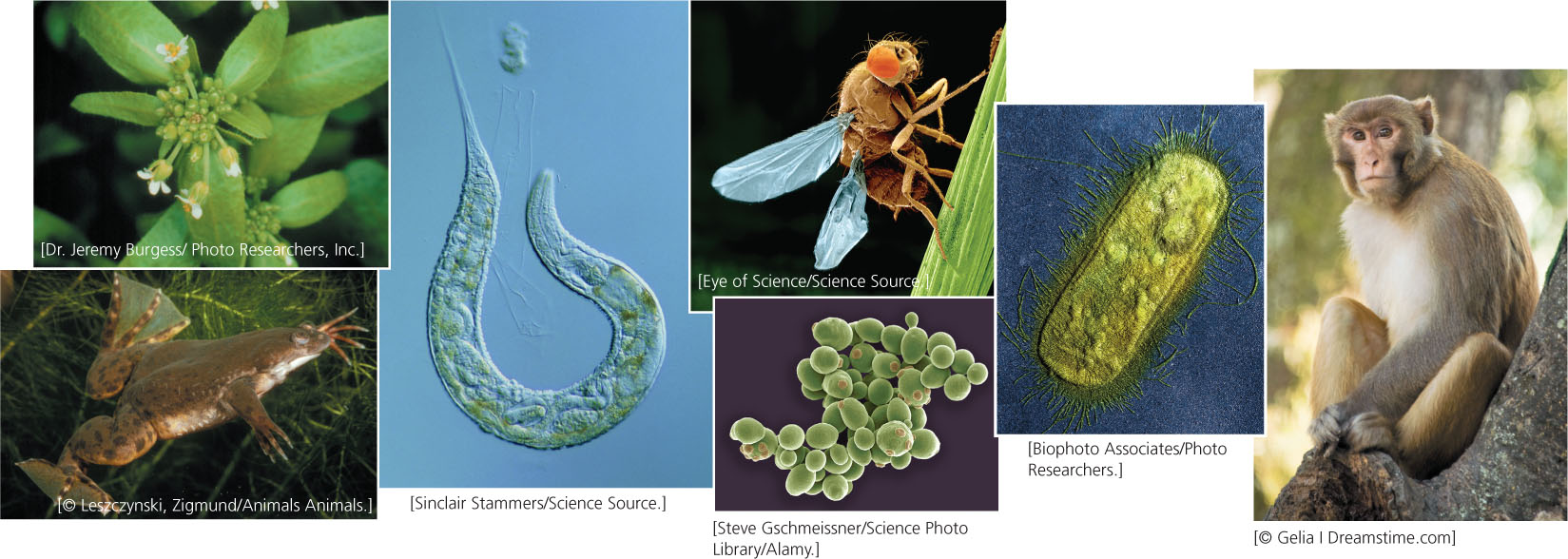
What do Lou Gehrig, the finest first baseman in major league history, and Stephen Hawking, the world’s most famous theoretical physicist, have in common? They both suffered or suffer from amyotrophic lateral sclerosis (ALS, also known as Lou Gehrig disease), a degenerative neurological disease that leads to progressive weakness and wasting of skeletal muscles. Interestingly, findings from recent research reveal that some athletes with ALS symptoms in fact suffer from brain trauma due to sports injuries; so Lou Gehrig might not have had the disease named for him.
Most cases of ALS are sporadic, appearing in people who have no family history of the disease. However, about 10% of the cases run in families and are inherited. In 2004, geneticists discovered a large Brazilian family with multiple cases of ALS. Genetic analysis revealed that ALS in this family is due to a mutation in a gene called VABP, which encodes a vesicle-associated membrane protein.
To better understand how mutations in VABP lead to the symptoms of ALS, geneticists turned to an unlikely subject—the fruit fly Drosophila melanogaster. Fruit flies don’t have ALS, but they do possess a gene very similar to VABP. Using a wide array of techniques that have been developed for genetically manipulating fruit flies, geneticists created transgenic flies with the mutant sequence of the VABP gene that causes ALS in humans. These flies are a disease model for ALS and are being used to better understand what the gene VABP does normally and how its disruption can lead to ALS.
The field of genetics has been greatly influenced and shaped by a few key organisms—called model genetic organisms—whose characteristics make them particularly amenable to genetic studies. The use of Drosophila for studying ALS in humans illustrates the power of this approach. Because features of genetic systems are common to many organisms, research conducted on one species can often be a source of insight into the genetic systems of other species. This commonality of genetic function means that geneticists can focus their efforts on model organisms that are easy to work with and likely to yield results.
Model genetic organisms possess life cycles and genomic features that make them well suited to genetic study and analysis. Some key features possessed by many model genetic organisms include:
 a short generation time, and so several generations of genetic crosses can be examined in reasonable time;
a short generation time, and so several generations of genetic crosses can be examined in reasonable time; the production of numerous progeny, which allows genetic ratios to be easily observed;
the production of numerous progeny, which allows genetic ratios to be easily observed; the ability to carry out and control genetic crosses in the organism;
the ability to carry out and control genetic crosses in the organism; the ability to be reared in a laboratory environment, requiring little space and few resources to maintain;
the ability to be reared in a laboratory environment, requiring little space and few resources to maintain; the availability of numerous genetic variants; and
the availability of numerous genetic variants; and an accumulated body of knowledge about their genetic systems.
an accumulated body of knowledge about their genetic systems.
In recent years, the genomes of many model genetic organisms have been completely sequenced, greatly facilitating their use in genetic research.
Not all model organisms possess all of these characteristics. However, each model genetic organism has one or more features that make it useful for genetic analysis. For example, corn cannot be easily grown in the laboratory (and usually isn’t) and it has a relatively long generation time, but it produces numerous progeny and there are many genetic variants of corn available for study.
This reference guide highlights six model genetic organisms with important roles in the development of genetics: the fruit fly (Drosophila melanogaster), bacterium (Escherichia coli), roundworm (Caenorhabditis elegans), thale cress plant (Arabi-dopsis thaliana), house mouse (Mus musculus), and yeast (Sac-charomyces cerevisiae). These six organisms have been widely used in genetic research and instruction. A number of other organisms also are used as model systems in genetics, including corn (Zea mays), zebrafish (Danio rerio), clawed frog (Xenopus lavis), bread mold (Neurospora crassa), rat (Rattus norvegicus), and Rhesus macaque (Macaca mulatta), just to mention a few.